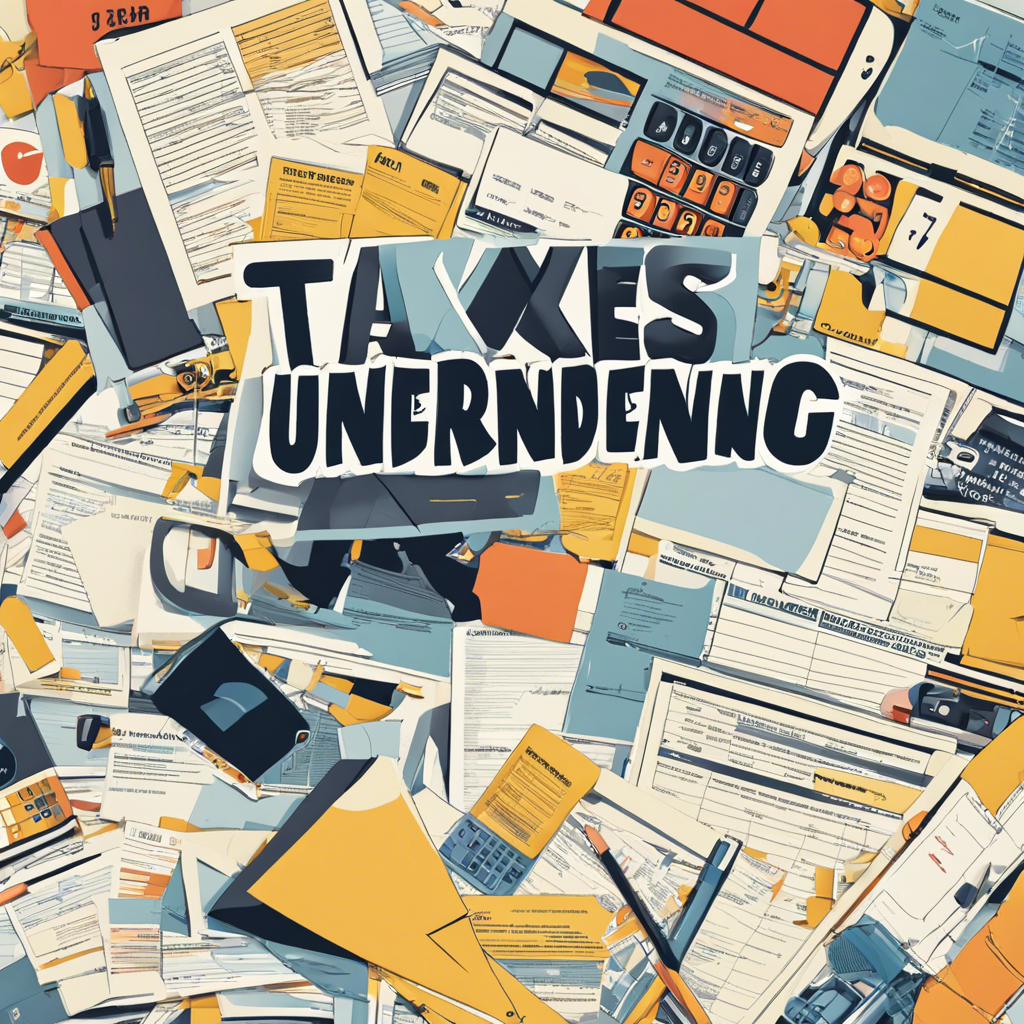Taxes are an inevitable part of life, yet understanding them can be daunting for beginners. To make matters worse, tax laws seem to be constantly changing, making it challenging to keep up with the latest regulations. However, mastering the basics of taxation can empower individuals to make informed financial decisions and ensure compliance with the law. So, where does one start?
Firstly, recognize the two primary types of taxes: direct and indirect. Direct taxes are imposed directly on income or property, such as income tax, property tax, and inheritance tax. These taxes are typically calculated based on an individual’s ability to pay. On the other hand, indirect taxes are levied on the purchase of goods and services, like sales tax or value-added tax (VAT). Understanding these fundamental categories is key to navigating the tax landscape.
Income tax is perhaps the most significant concern for many individuals. This tax is applied to incomes earned from employment, investments, or business profits. The amount of income tax owed depends on taxable income, which is calculated after various deductions and exemptions are applied. Tax brackets, which categorize income levels into segments with corresponding tax rates, determine how much tax is owed for each level of income. It’s important to note that income tax is a pay-as-you-go tax, meaning that payments are typically made throughout the year through withholding or estimated tax payments.
Another critical aspect of taxation is understanding deductions and exemptions. These are expenses that can be subtracted from your taxable income, thereby reducing your overall tax liability. Common examples include charitable contributions, mortgage interest, medical expenses, and education costs. Properly claiming these deductions can lead to significant savings. However, it’s crucial to keep detailed records and stay informed about eligibility requirements, as these can vary based on income level and other factors.
Tax credits also play a pivotal role in the tax equation. Unlike deductions, which reduce the amount of taxable income, tax credits directly decrease the amount of tax owed. There are two primary types of tax credits: non-refundable and refundable. Non-refundable tax credits can lower your tax bill to zero, but you won’t receive any refund for the remaining credit amount. On the other hand, refundable tax credits allow you to receive a refund for any amount of credit that exceeds your tax liability, providing additional financial benefit.
